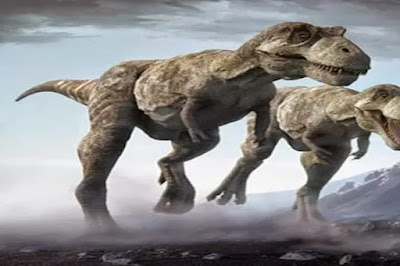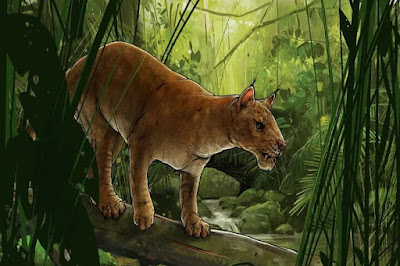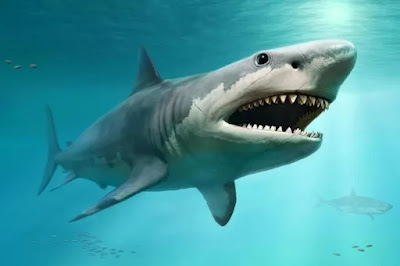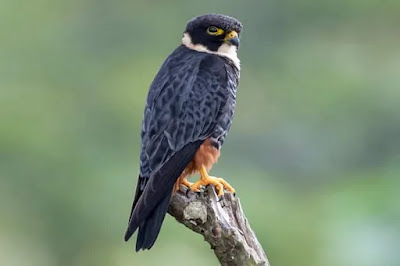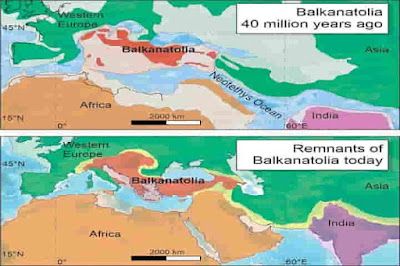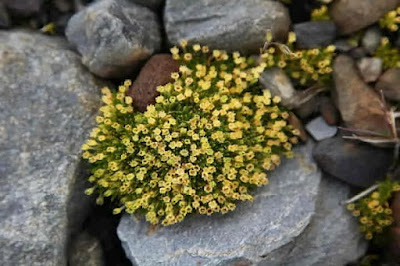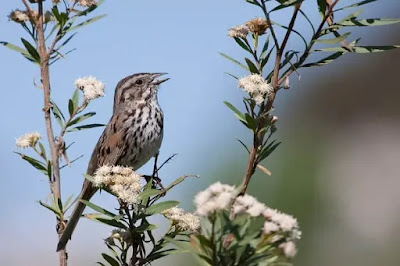The secret behind the rise of crocodile numbers in Australia

Availability of abundant prey is vital for the conservation of a huge number of large predators and that is precisely happening in the Northern Territory of Australia. A report in smithsonianmag.com mentioned that the population of saltwater crocodiles of this region are thriving as they are getting to eat more feral pigs than earlier. Suggesting this in a study published in the journal Biology Letters, scientists have compared the bones of crocodile specimens which are 40 to 55 years old and kept in museum with those of the present-day reptiles and noted the change and shift in their diet over a period of time. In a statement, the Director of Griffith’s Australian Rivers Institute, Stuart Bunn said: “We measured the naturally occurring carbon and nitrogen isotopes extracted from the crocodile’s bones and other tissue which are derived directly from the animal’s diet. This gives truth to the old adage ‘you are what you eat’.” This comparison of the bones highlighted that the modern rep...

